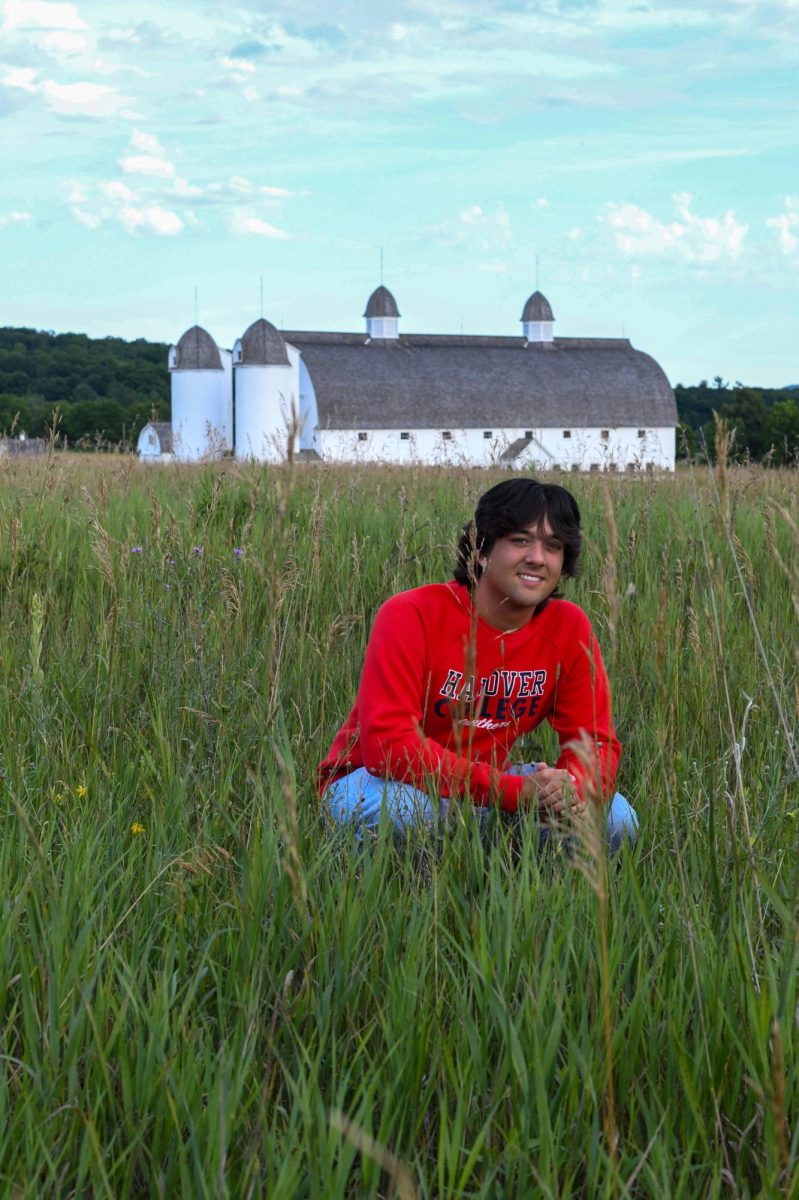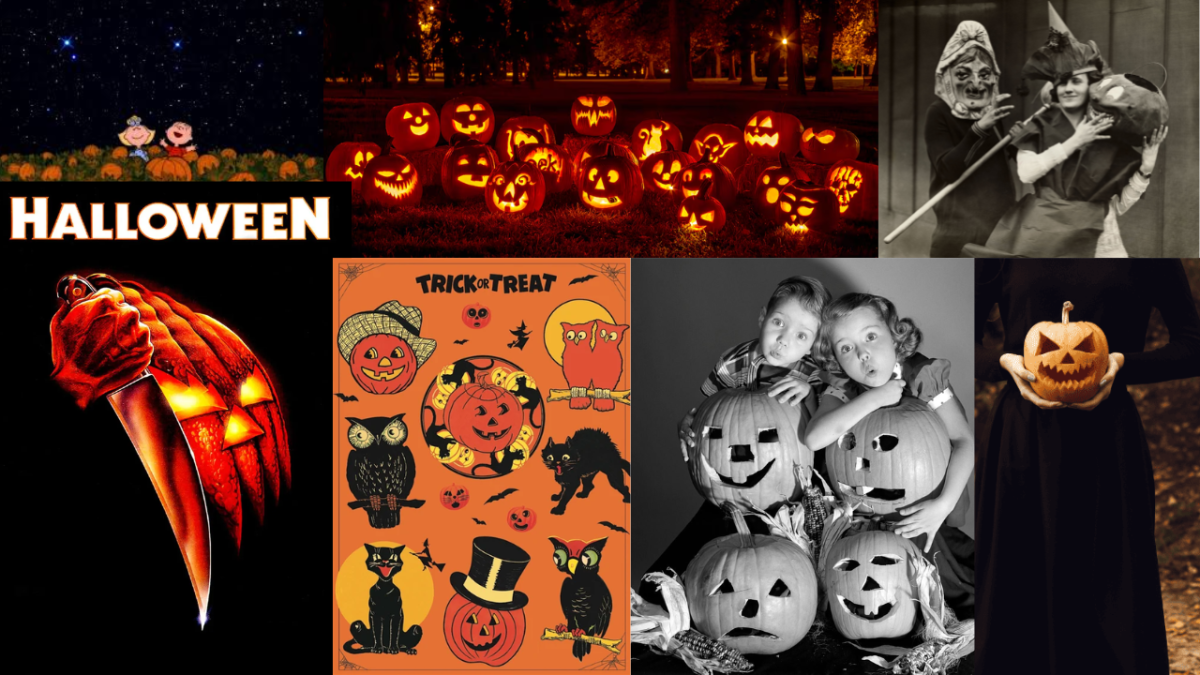Easter is a special time of the year and it is celebrated by millions of people around the world. Many families and friends come together to celebrate the resurrection of Jesus Christ. While the religious aspects of Easter are very important to many there are also a variety of cultural traditions associated with this holiday which are celebrated by people of all faiths.
Easter traditions are different depending on in what country or even in what region you are in. Some traditions have been passed down through generations, while others have been influenced by modern culture.
In the United States, Easter is a time for families to spend some time together and celebrate with feast meals, Easter egg hunts, and the Easter bunny. One of the most popular and well-known traditions in the U.S. is the Easter egg hunt, where children search for candy or money-filled, colored plastic eggs hidden around their homes, in their gardens, or in local parks. This tradition originated in Germany and was brought to the U.S. by German immigrants in the 18th century. In many cultures, eggs were seen as a symbol of new life and fertility, according to National Geographic. As Christianity spread, the tradition of easter egg hunting was incorporated into the holiday to symbolize the resurrection of Jesus Christ.
The practice of coloring eggs likely comes from the tradition of boiling eggs with various natural materials like onion skins, colorful flowers, and vegetables to create beautiful and vibrant colors. This practice evolved into the modern tradition of using dyes and paints to color Easter eggs in bright and decorative designs. The colors often used are pastel shades which are associated with the new season of spring.
According to New York’s Museum, another popular Easter tradition in the U.S. is the Easter parade, where people dress up and walk down the streets in a parade-like fashion. The most famous Easter parade in the US is held in New York City, where many people gather along Fifth Avenue to watch the parade.
According to the QC News, in Australia and New Zealand, Easter is during the autumn season, which means that many traditional Easter activities take place outdoors. One popular Easter tradition in Australia is the Easter Bilby, an alternative to the Easter Bunny. The bilby is a small marsupial animal (similar to a mouse) that is native to Australia and is now considered an endangered species. In an effort to raise awareness about conservation, many Australians have embraced the Easter bilby as a symbol of the holiday. Another unique Australian easter tradition is the Easter hat parade, where children decorate hats and parade around their schools and communities. The hats are often adorned with beautiful flowers, ribbons, and even Easter eggs, and are judged in competitions for the most creative design.
In Spain, Easter is a time of solemn, religious observance, with many towns and cities holding elaborate processions to commemorate the passion and death of Jesus Christ. One of the famous easter traditions in Spain is the Semana Santa, also called Holy Week, which takes place in the week leading up to Easter Sunday, according to Enforex. During this time, people participated in parades called processions, where they carried large floats depicting scenes from the Bible. One of the most well-known processions in Spain is held in Seville, where thousands of people line the streets to watch the floats which are decorated with ornaments as they pass by. Participants in the procession wear traditional robes called capirotes, which have become a symbol of Semana Santa in Spain.
In Italy, Easter is celebrated with a variety of unique traditions that vary from region to region. In Florence, according to the visit Florence the “Scoppio del Carro” (Explosion of the Chart) takes place on Easter Sunday. During this tradition, a cart filled with fireworks is paraded through the streets to the Piazza del Duomo, where it is set on fire in a spectacular display of pyrotechnics. On the Island of Sicily, Easter is celebrated with the tradition of La Pasquetta, where families pack a picnic and head to the countryside for a day of feasting and relaxation. This tradition dates back to ancient times when people would celebrate the arrival of spring with outdoor picnics.
In Greece, Easter is celebrated with a couple of traditions that have been passed down through many generations. According to the Spruce Eats, one of the most well-known Greek Easter traditions is the cracking of red eggs, where people dye hard-boiled eggs red to symbolize the blood of Christ. The eggs are then cracked against each other, and the person with the last unbroken egg is said to have good luck for the coming year. Another Greek Easter tradition is the lighting of the Holy Fire, where a flame is brought from Jerusalem to light the candles in churches across the country. This tradition symbolizes the resurrection of Jesus Christ and is believed to bring blessings and protection to those who attend the Easter service and their families and friends.
In Sweden, Easter is celebrated with the tradition of Påskkärringar, or Easter Witches, according to National Geographic. On Easter Sunday, children dress up as witches and go from door to door in their neighborhoods and communities, handing out drawings or cards in exchange for candy. This tradition dates back to the 17th century when people believed that witches flew to the island of Blakulla on Easter to participate in a wild celebration.
In Hungary, according to the Daily News Hungary, Easter is celebrated with a unique tradition called “Sprinkling”. On Easter Monday, boys and men visit the homes of girls and women to sprinkle them with water in a playful gesture of blessing and fertility. This tradition is said to bring good luck and prosperity to all those who are sprinkled.
In Mexico, Easter is celebrated with a variety of traditions that blend indigenous customs with catholic rituals. According to the Annenberg Learner, the burning of Judas is very popular in Mexico. Effigies of Judas Iscariot are filled with fireworks and set on fire in a public display. This tradition symbolizes the defeat of evil and the triumph of good.
In Poland, according to the Polish Tourism Organisation, Easter is a time of great religious significance, with many people attending church services and participating in processions. One of the most unique Polish Easter traditions is the blessing of food, where families bring baskets filled with Easter foods such as ham, sausage, bread, and eggs to church to be blessed by the priest. The blessed food is then eaten as part of the Easter meal.
In the Philippines, Easter is celebrated with the tradition of Pabasa, where people gather to read or sing from the Pasyon, a book that recounts the life, passion, and death of Jesus Christ. This tradition is often performed in shifts, with participants taking turns reading or singing throughout the night leading up to Easter Sunday, according to the Western Union.
In Russia, Easter is celebrated with a variety of traditional foods and customs. One of the most popular Russian Easter traditions is the making of Paskha, a sweet Easter bread made with eggs, butter, and dried fruits. Paskha is often shaped like a pyramid or dome and decorated with symbols of Easter such as crosses or flowers. Another Russian Easter tradition is the painting of Easter eggs, which are often intricately decorated with vibrant colors and designs. In some regions of Russia, Easter eggs are dyed red to symbolize the blood of Christ, (similar to Greece) while in others, they are painted with traditional folk designs, according to the School Of Russian Language Leader.
In India, Easter is celebrated by Christians with a variety of cultural traditions that have been influenced by both Western and indigenous customs. One popular Easter tradition in India is the baking of hot cross buns, a spiced bread marked with a cross on top, according to India-tours.com. Hot cross buns are often eaten on Good Friday as a symbol of the crucifixion of Jesus Christ.
In conclusion, Easter is a time of great significance and celebration for people around the world. While the religious aspects of Easter are the most important part of the holiday, there are also a variety of cultural traditions that make this time of year special for people of all faiths. From Easter egg hunts and parades to processions and feasts, each country has its own unique way of celebrating this ancient holiday. Whether it is cracking red eggs in Greece or sprinkling water in Hungary, Easter traditions bring people together to commemorate the resurrection of Jesus Christ and the arrival of spring.














